
Some “facts” slip so easily into everyday life that we rarely stop to question them. Others sound too strange to believe, yet turn out to be true. Let’s examine twenty popular beliefs and determine which ones hold up and which crumble.
Myth: Sugar Causes Hyperactivity In Children

The belief that sugar sparks wild energy in kids gained ground in the 1970s, fueled by misinterpreted studies and anxious parenting. However, controlled research found no link, including a 1994 Journal of Pediatrics study. Instead, parental expectations often shape what we perceive as sugar-driven chaos.
Fact: Honey Never Spoils

Honey’s secret to eternal shelf life lies in its low water content and natural acidity, which creates an environment hostile to bacteria. USDA food-preservation guidelines confirm that archaeologists have uncovered honey pots in ancient Egyptian tombs, which are still perfectly edible after thousands of years.
Myth: Eating Carrots Dramatically Improves Eyesight

The idea that munching carrots sharpens vision grew from WWII propaganda when Britain credited pilots’ success to carrot consumption to mask radar technology. While vitamin A supports eye health, studies show it does not magically improve eyesight beyond correcting deficiencies.
Myth: Bats Are Blind
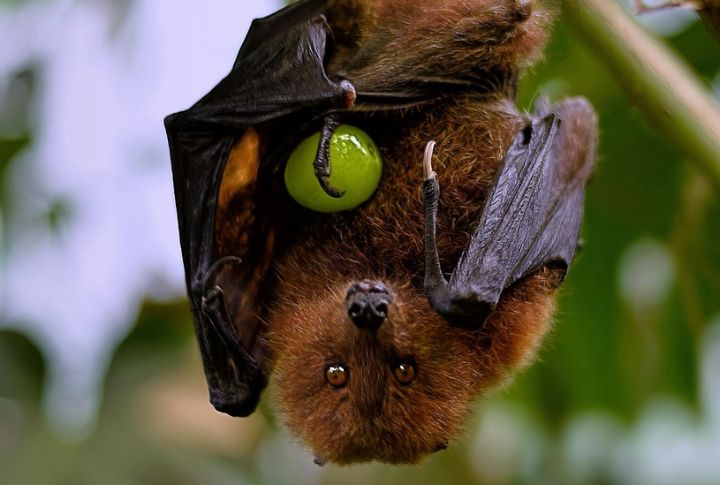
“Blind as a bat” is pure fiction. Most bats have perfectly functional eyes adapted for low-light environments. Many species also use echolocation for orientation, but zoological studies, including those from Bat Conservation International, confirm that bats can see and rely on vision when possible.
Fact: Octopuses Have Three Hearts
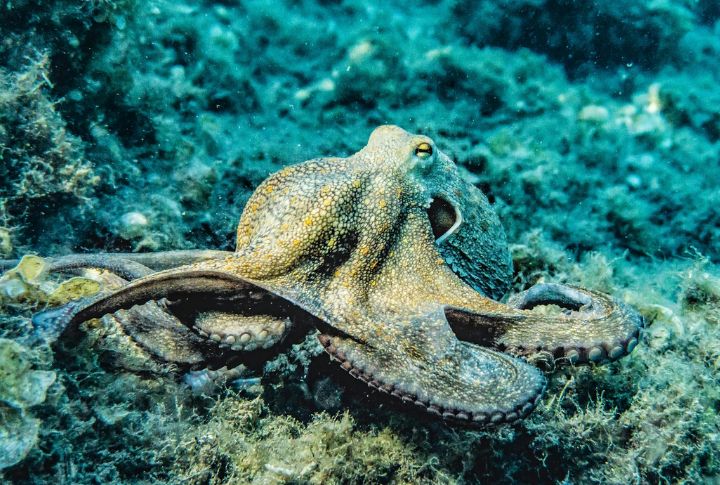
An octopus’s complex body fuels its deep-sea survival. It has three hearts: two pump blood to the gills, and a larger one circulates it to the rest of the body. Marine biology research shows that their copper-based blood enhances oxygen transport, which is important in oxygen-poor underwater environments.
Myth: Bulls Charge At Moving Red Objects

The belief that bulls become enraged by the color red misinterprets their behavior. Bulls, like many mammals, are red-green colorblind. Research in animal science shows that movement, not color, triggers their response. Matadors’ waving capes provoke the charge, not the hue they wear.
Fact: Chameleons Change Color For Communication, Not Camouflage
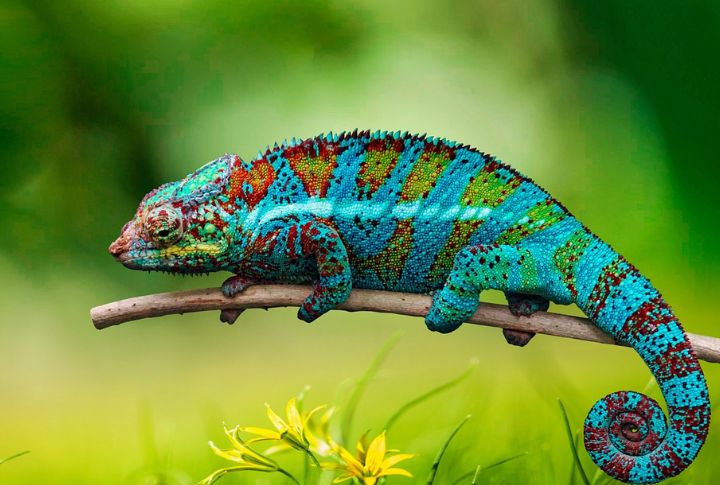
Chameleons are not mystical color mimics that disappear into any setting. Herpetology studies reveal that color shifts mainly express emotions or regulate body temperature. Although subtle blending occurs sometimes, dramatic color displays primarily help chameleons communicate rather than serve as flawless camouflage against lurking predators.
Myth: Lightning Often Strikes The Same Spot More Than Once

Meteorological data soundly dismantles this enduring myth. The Empire State Building, for instance, withstands dozens of lightning strikes each year. Studies by the National Weather Service show that lightning often returns to tall structures, proof that high points remain vulnerable during successive thunderstorms.
Fact: The Pacific Ocean Is Earth’s Largest Ocean

Stretching more than 155 million square kilometers, the Pacific Ocean dwarfs all others. NOAA and National Geographic sources highlight its massive size, which contains more than double the volume of the Atlantic. Its vastness also shapes global weather patterns and shelters the deepest ocean trench.
Myth: Dropping A Penny From A Skyscraper Can Kill Someone

Thanks to its small mass and strong air resistance, a penny reaches a low terminal velocity when falling. Studies and experiments that include those by MythBusters debunk the dramatic urban myth. Even if dropped from extreme heights, a penny would sting slightly but cause no real harm.
Fact: Antarctica Is The Driest Continent

Despite its endless ice, Antarctica holds the title of the driest continent. Annual precipitation averages less than two inches across vast regions classifies it as a polar desert. Climatology research, which includes findings from the Australian Antarctic Division, highlights its extreme dryness compared to traditional deserts.
Myth: Shaving Makes Hair Grow Back Thicker

Dermatology studies show shaving simply blunts the hair’s tip to make it appear coarser as it grows. The hair’s actual texture and growth rate remain unchanged. The belief that shaving thickens hair is misleading, which debunks the persistent myth that razors alter natural hair characteristics.
Fact: The Human Body Contains About 0.2 Milligrams Of Gold

Studies confirm that trace amounts of gold are naturally present in the human body, particularly in the blood and joints. However, gold is not classified as an essential element for human health, and its biological role remains uncertain as research into its effects continues.
Myth: Humans Tap Into Only A Fraction Of Their Brain’s Power
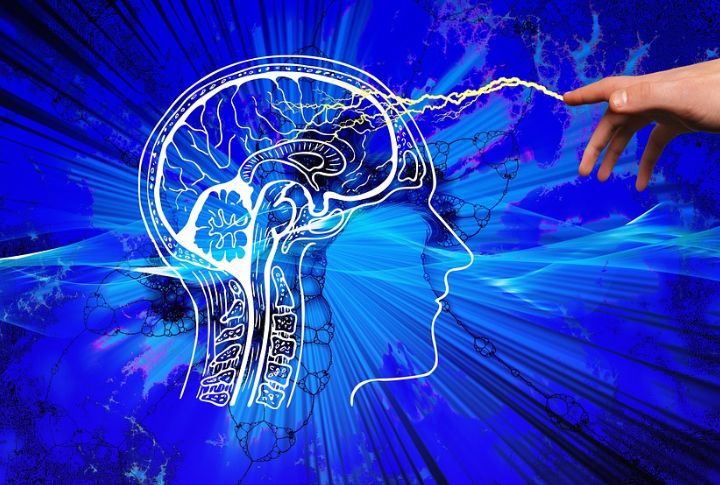
Neuroscience studies using imaging technology, like functional MRI scans, reveal that virtually all parts of the brain have identifiable functions. Even simple activities engage multiple interconnected brain regions at once. The idea that humans access just 10% of their brains remains a misunderstanding without scientific support.
Fact: DNA Is Unique To Each Person Except Identical Twins
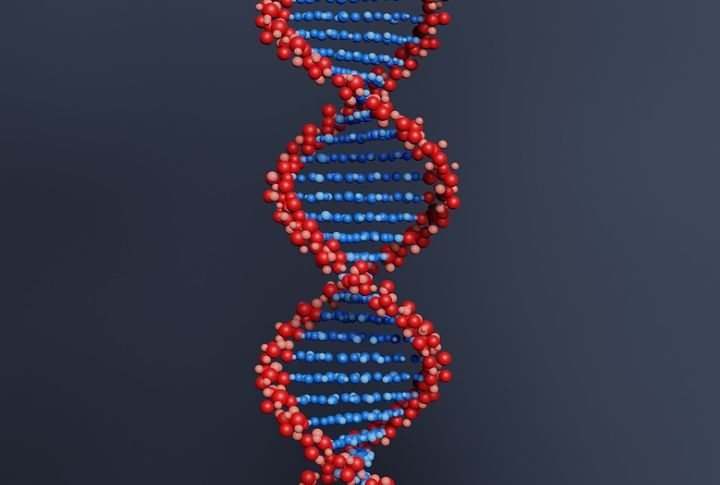
Genetic studies confirm that every individual has a unique DNA blueprint, except identical twins with similar genetic profiles. Research from the Human Genome Project highlights how tiny mutations and combinations of inherited genes contribute to each person’s biological identity.
Myth: The Great Wall Of China Is Clear From Space Above Other Man-Made Structures

NASA images and astronaut accounts confirm that the Great Wall is difficult to see from low Earth orbit without aid. Many human structures, like cities and airports, are more visible. The myth likely grew from the Wall’s legendary status rather than its optical reality.
Fact: A Day On Venus Is Longer Than A Year On Venus
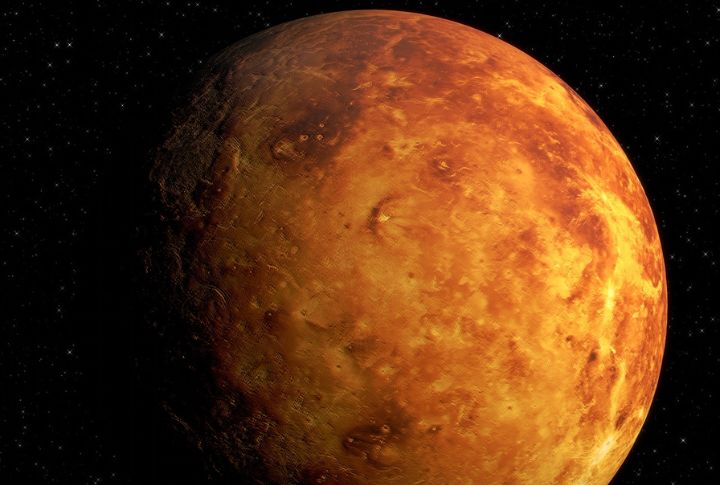
NASA’s planetary research highlights an unusual feature of Venus. The planet takes just 225 Earth days to orbit the sun, yet spins so slowly on its axis that one complete rotation needs 243 Earth days. This makes Venus the only planet where a day outlasts its year.
Myth: You Swallow Eight Spiders A Year While Sleeping
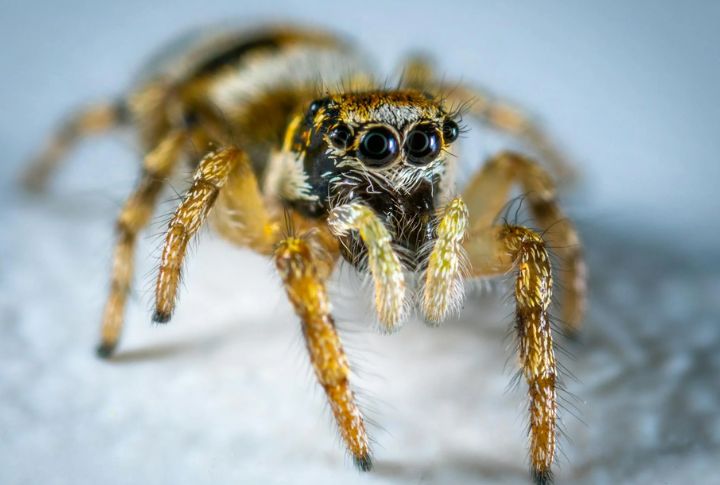
Fear fuels this creepy urban legend. Arachnologists confirm that spiders avoid humans, drawn neither to breathing mouths nor bustling beds. No scientific evidence supports the “eight spiders” claim, which likely originated as a fabricated statistic to highlight gullibility about online misinformation.
Fact: The First Computer “Bug” Was An Actual Insect

Smithsonian records document a curious 1947 event when researchers found a moth trapped inside a relay on the Harvard Mark II computer. This malfunction inspired the use of the term “debugging.” Although the word existed earlier, the incident provided a vivid, literal moment to illustrate it.
Fact: Cleopatra Was Egyptian By Culture But Greek By Ancestry

Cleopatra VII, Egypt’s last active pharaoh, belonged to the Ptolemaic dynasty, descendants of one of Alexander the Great’s generals. Although she embraced Egyptian customs and language, historical texts that include Plutarch’s biographies confirm her Greek heritage remained central to her royal lineage.
